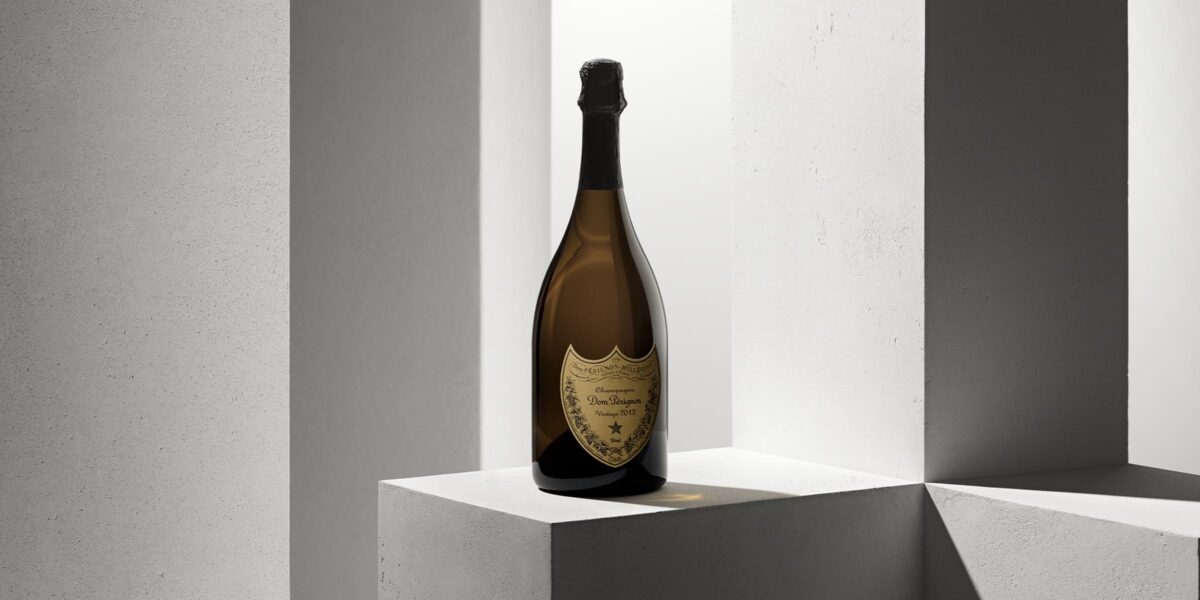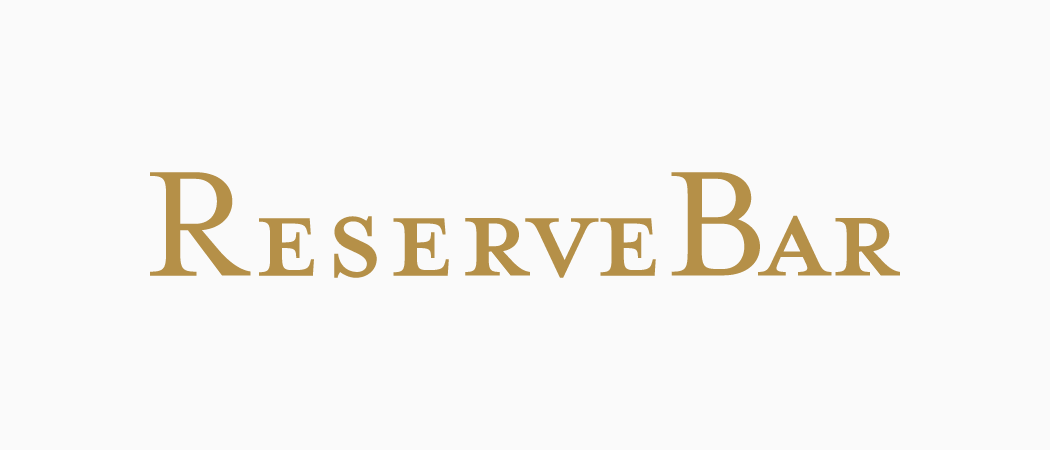There are good bottles of Dom Pérignon and there are outstanding bottles of Dom Pérignon. But what sets this Champagne aside from many other brands is its lack of bad bottles.
Not convinced? Prince Charles and Princess Diana reportedly ordered 99 bottles of Vintage 1961 for their Royal Wedding, giving Dom Pérignon a very firm royal seal of approval. It’s stayed that way ever since.
It’s not surprising, because there aren’t many feel-good moments on quite the same level as popping the cork on a bottle of Dom Pérignon. This elite Champagne, known for its delicious back catalog of premium bottles, has been spotted in everything from James Bond movies to a range of music videos.
Its hyper-attention to detail means that each vintage produced by the brand tastes ever so slightly different. Its namesake, Benedictine Monk Dom Pierre Pérignon, described the Champagne as tasting of stars, and an out-of-this-world summary seems fairly accurate even to this day.
Some background knowledge is always fun to whip out at a dinner party. But, of course, one of the best ways to prove your expertise in all things bubbly is by calling this Champagne its proper name, Dom Pérignon, rather than either of its common misspellings; Don Pérignon and Don Périgon.
Looking for a bottle that screams of class, confidence, and effortlessly excellent taste? Dom Pérignon’s the obvious choice.
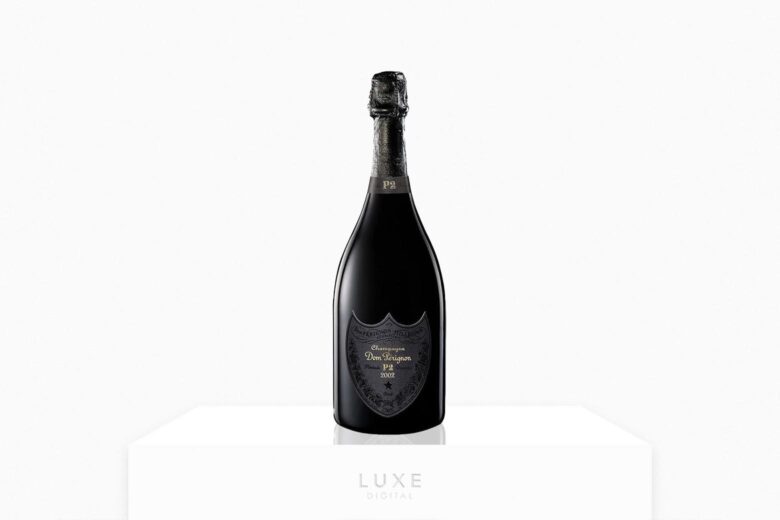
Dom Pérignon bottle sizes and prices
| Bottle name | Size | Price |
|---|---|---|
| Dom Pérignon 2009 | 750 ml | $213 |
| Dom Pérignon Vintage 2008 | 750 ml | $253 |
| Dom Pérignon Rose 2006 | 750 ml | $426 |
| Dom Pérignon Vintage Champagne 1998 | 750 ml | $380 |
| Dom Pérignon P2 Vintage 2002 | 750 ml | $420 |
| Dom Pérignon Vintage 1995 | 750 ml | $500 |
| Dom Pérignon Cuvée Champagne 2003 | 750 ml | $820 |
The history behind Dom Pérignon
Let’s clear one thing up first: Dom Pierre Pérignon didn’t invent Champagne, but he did refine it to make it into the bottles that we savor nowadays. Dom was a 17th-century monk who worked as a cellar master in the Abbey of Hautvillers, in Champagne, France.
He didn’t appreciate bubbles, believing they corrupted the wine that was already being produced in the Champagne region. He believed that hard work brought a monk closer to God and so made it his life’s mission to create the best wine in the world.
He shaped things up in a move that many could now class as doing the Lord’s work by mixing grapes with new vigor and passion for producing a bottle full of graceful and fragrant sparkling wine.
Years later, Dom enjoyed a posthumous appreciation when Champagne production stepped up a notch and since then the brand has become a firm favorite for royals, rappers, and everyone in between. This prestige cuvée is produced by Champagne house Moët & Chandon and stands as the house’s top cuvée.
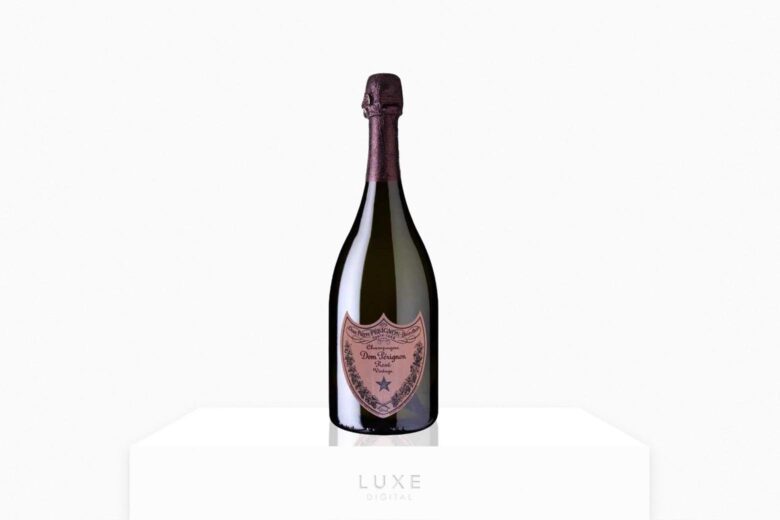
But what makes Dom Pérignon so special?
It’s a Champagne that’s fussy in the best way possible, only releasing bottles in the years when its vineyards are of optimum quality and selling on its grapes to other brands when they don’t quite make the mark. It’s also a vintage Champagne, meaning each bottle of Dom Pérignon contains grapes only from a single year.
And you can’t forget that Richard Geoffroy, chef de cave of Dom Pérignon, only releases the wine in vintages that will age more than 20 years. Each bottle is aged for a minimum of seven years, while others are hidden away for much longer. If you come across a bottle with P2 or P3 on the label, it’s a vintage that’s a second or third release, respectively.
Typically, a bottle goes on sale after nine years, before a second wave (a P2) comes at around 18 years and a third (a P3) at around 25 years.
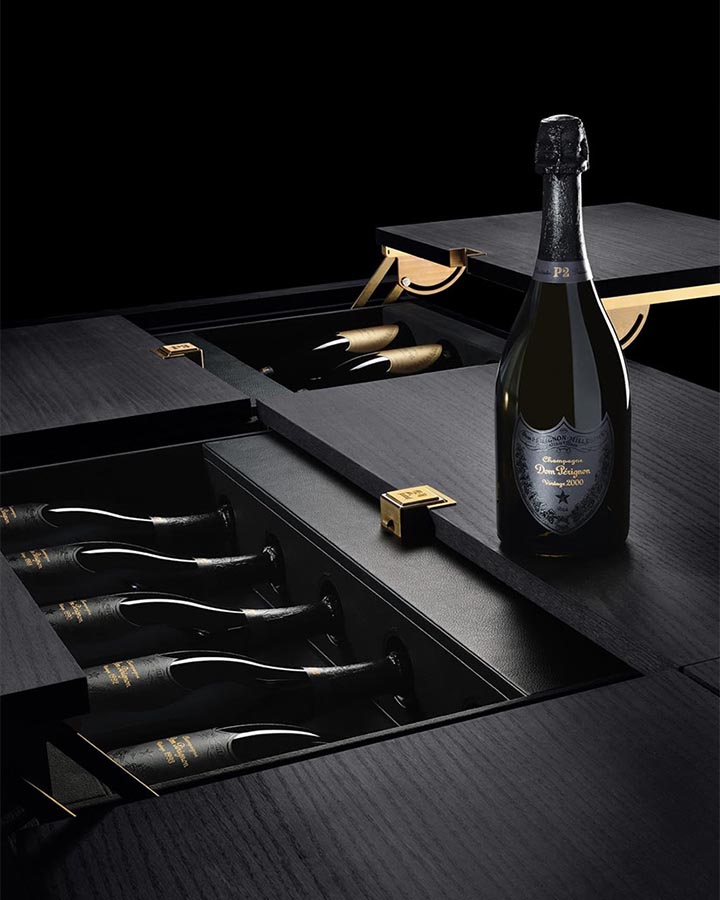
No two Dom Pérignon vintages are the same…
…Thanks to the incredibly intricate growing process that’s affected by sunshine, rain, heat and humidity. Winemakers blend Chardonnay and Pinot Noir to make Dom Pérignon, using the traditional méthode champenoise where the wine is fermented for a second time in the bottle. As it ages, the yeast consumes the sugar, giving the Champagne its ubiquitous bubbles.
The exact composition of each type of grape varies year by year, altering the flavor profile ever so slightly each time. However, the brand is renowned for its consistent overarching hints of biscuit, citrus, honey and smoke. Master of Wine Serena Sutcliffe describes its notes by saying: “With age, Dom Pérignon takes on a totally seductive fresh-toast-and-coffee bouquet, one of the most intriguing scents in Champagne.”
How to drink Dom Pérignon
Dom Pérignon is best served at around 10°C, which means chilling it in the fridge for two hours. Take it out around 15 minutes before serving to let the bottle warm ever so slightly. If you don’t have two hours to spare, place the bottle in an ice bucket instead.
There are three types of champagne glasses to choose from: Champagne flutes, coupes and tulips. Real Champagne glasses have curves, which highlight the aromas and allow the bubbles to fizz for longer. Open the bottle by gently loosening the cork and pour slowly, so the bubbles don’t overflow in the glass. Start by pouring an inch of Dom Pérignon and allowing the liquid to settle. Top off each glass until it’s no more than two-thirds full.
Drink your Champagne by holding the glass by its stem rather than the bowl, to stop it from warming up too quickly.
The best cocktails to make with Dom Pérignon
Here are the top three most popular cocktails to mix with Dom Pérignon. Check our round-up of the best cocktail recipes for more ideas.
Dom Pérignon French 75
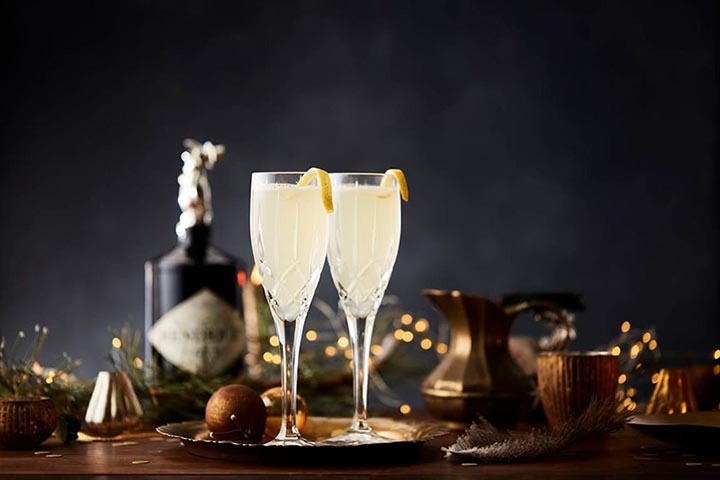
Ingredients:
- 60ml Dom Pérignon
- 15ml lemon juice
- 30ml gin
- Two dashes simple syrup
Cocktail recipes: A French 75 cocktail combines gin, Champagne, lemon juice and sugar to create a classic drink that dates back to Paris in 1915. Make it by pouring gin, syrup, and lemon juice into a cocktail shaker filled with ice and shaking vigorously. Then, strain the mixture into a chilled Champagne glass and top with Dom Pérignon before stirring gently.
Dom Pérignon Mimosa
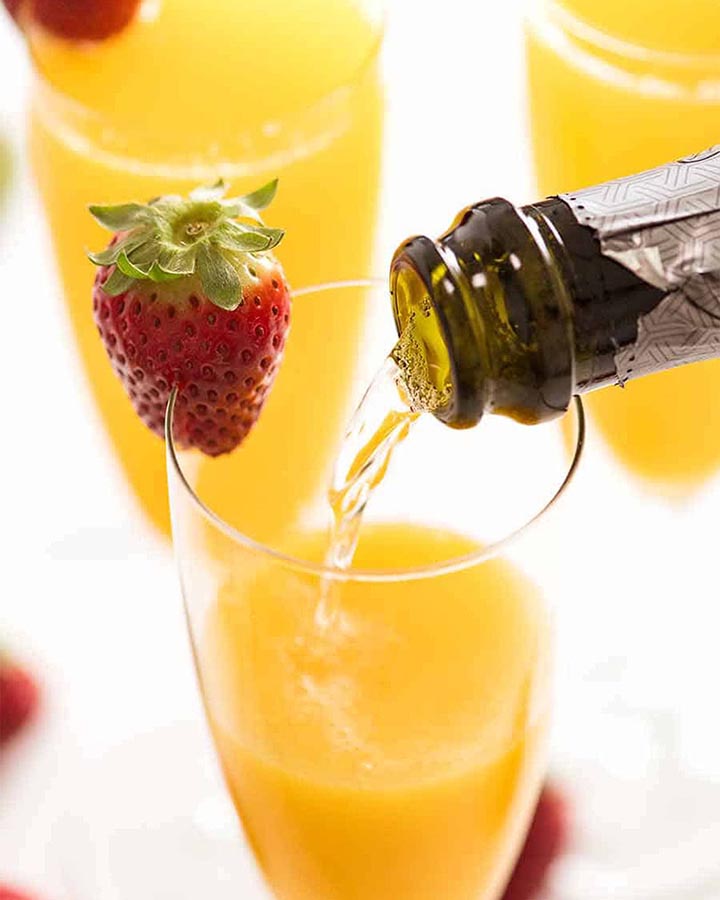
Ingredients:
- One part orange juice
- One part Dom Pérignon
Cocktail recipes: A brunch favorite, Mimosa is a staple Champagne-based cocktail and one of the easiest to put together. Make sure both ingredients are chilled before mixing into a glass and stirring. Do not shake this cocktail, as the bubbles will disperse. Serve with an optional garnish of cherries or strawberries.
Dom Pérignon Kir royale
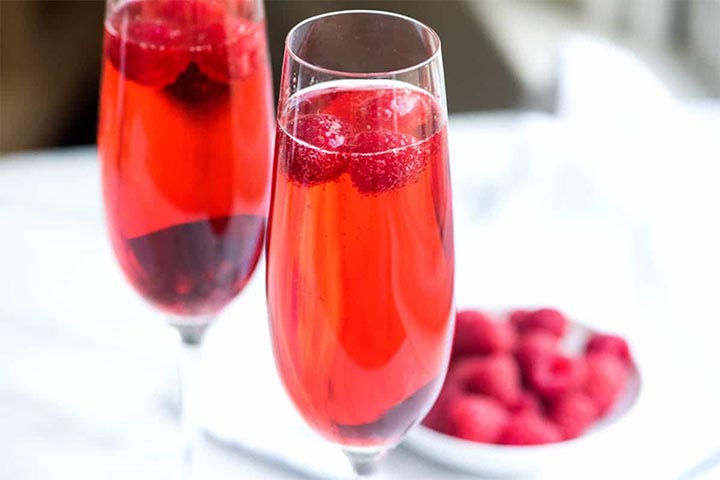
Ingredients:
- 90ml Champagne
- 10ml Crème de cassis
Cocktail recipes: Another popular mixed drink, a Kir Royale is a variation of a Kir, made with Champagne rather than white wine. Make it by pouring crème de cassis into the bottom of a Champagne glass and then topping up with Dom Pérignon. Serve this cocktail in a Champagne flute and garnish with a frozen blackberry.
Frequently asked questions about Dom Pérignon
A bottle of Dom Pérignon starts at around $185 while older bottles grow in price exponentially. The most expensive bottle — Dom Pérignon Rose 1959 — costs $84,700.
Dom Pérignon only uses the finest grapes from the best vineyards in Champagne, France. Its vintages are aged for a minimum of seven years before they’re released onto the market and the brand follows a strict manifesto when it comes to its growing, ripening and aging requirements.
The first vintage of Dom Pérignon was made in 1921 and was released for sale in 1936. The first 300 bottles were sold to American company Simon Bros. & Co., who first imported Dom Pérignon into the UK.
A bottle of Dom Pérignon vintage 2002, one of the brand’s finest and most popular bottles, costs around $479.
Yes, Dom Pérignon is worth the money. The exceptional quality and powerful flavors make this Champagne a celebrated brand with a number of impressive bottles, dating back almost a century.
There are no ‘bad’ years for Dom Pérignon as the brand doesn’t release bottles on off-years but some of the brand’s finest vintages include 1990, 1995 and 1996, while its best modern vintages are 2002, 2004 and 2008.
